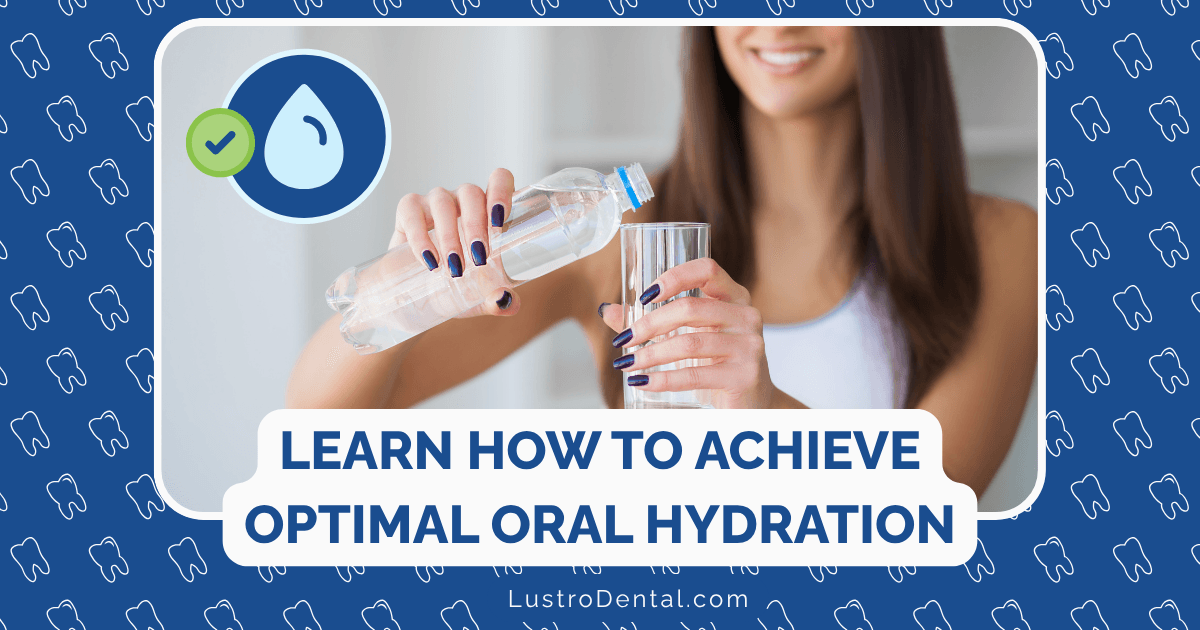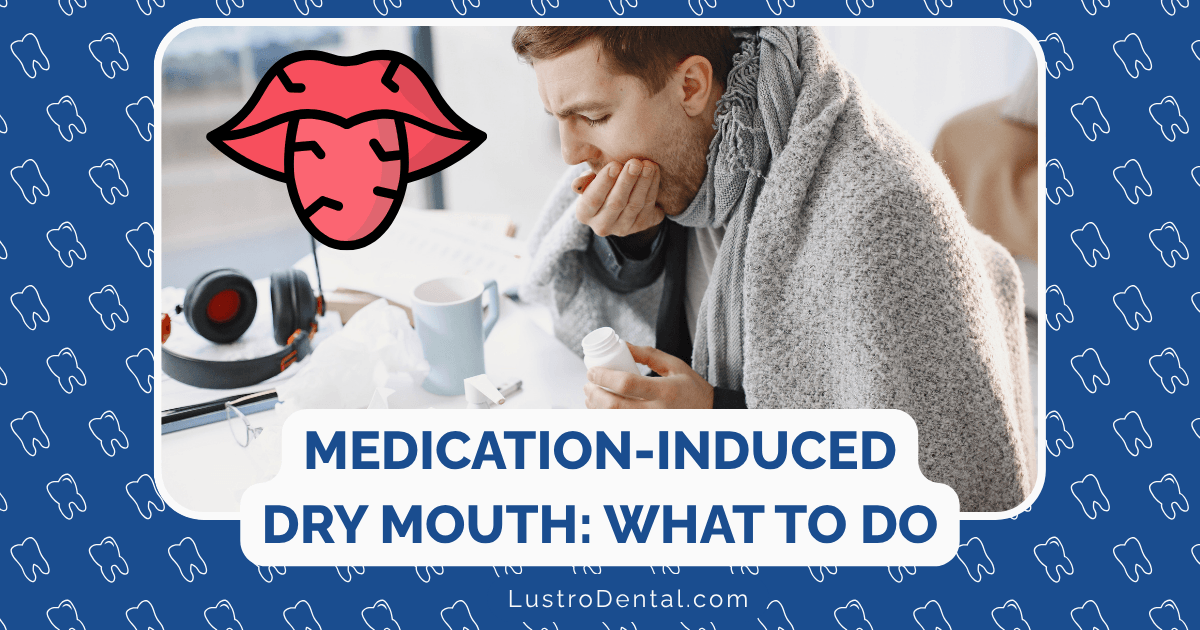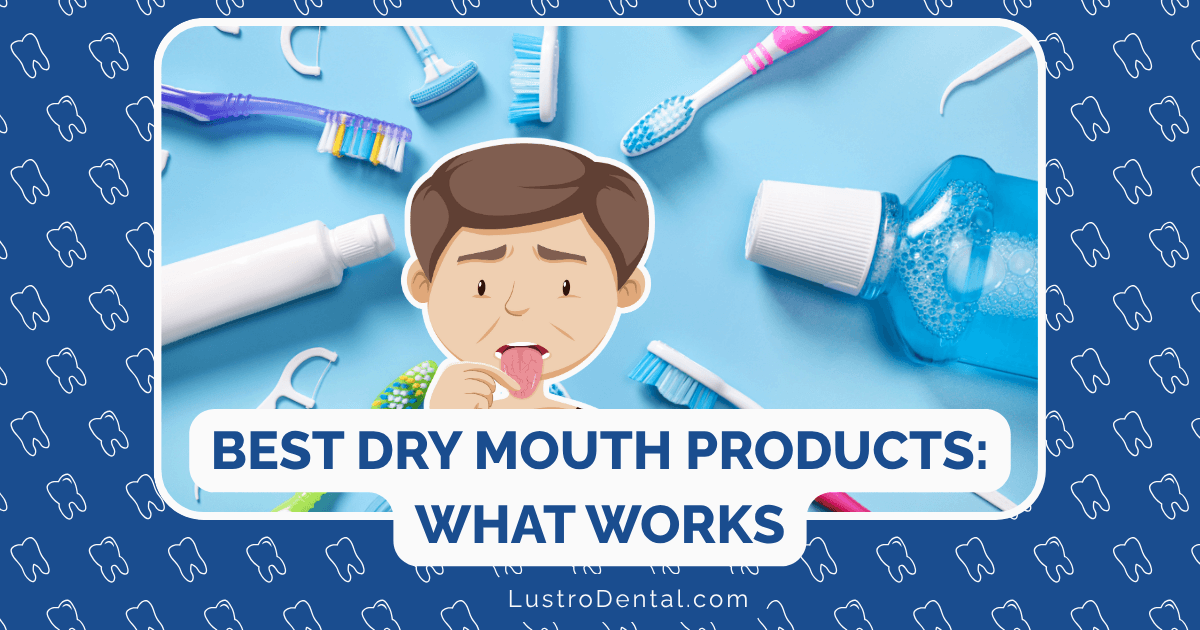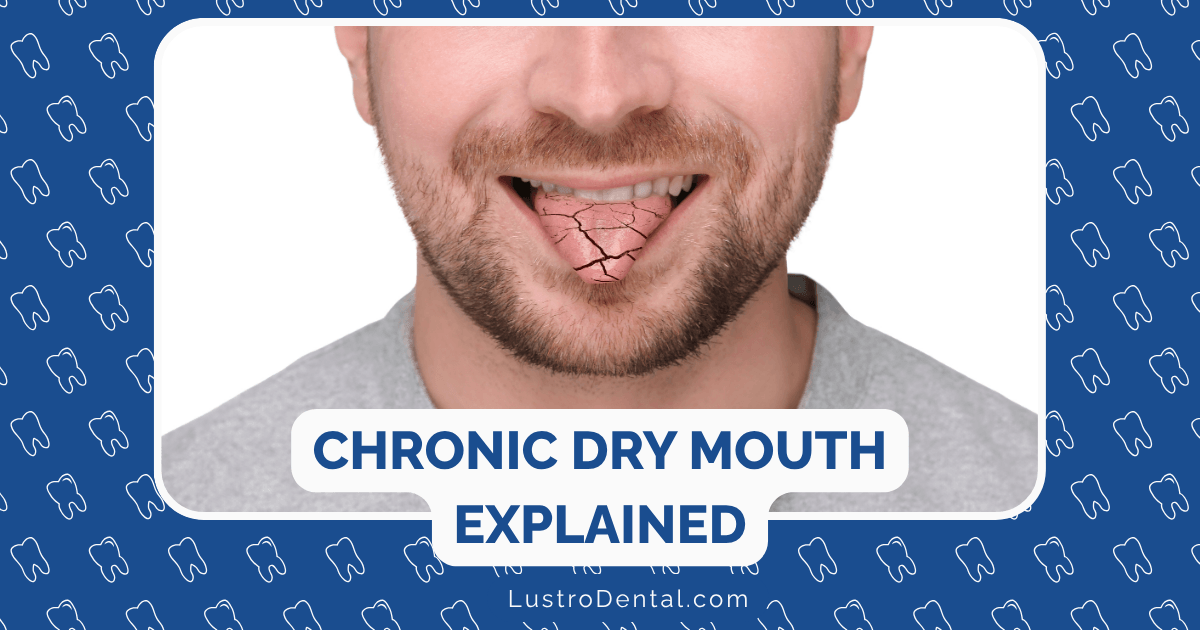Smoking Cessation Resources: How Your Dental Team Can Help
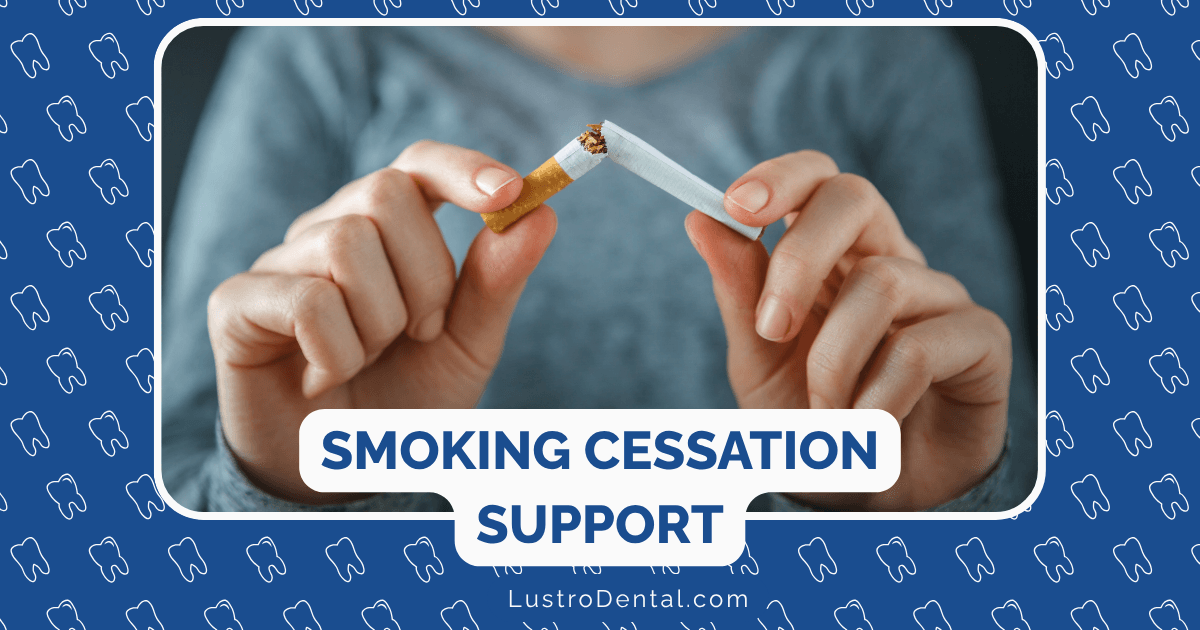
Quitting smoking is one of the most important health decisions you can make—and your dental team might be your unexpected allies in this journey. While many people think of their physician as the primary resource for quitting, dental professionals are uniquely positioned to provide effective support. Here’s why your next dental appointment could be the catalyst for successfully kicking the habit.
Why Your Dental Team Is Perfectly Positioned to Help
Your dental team has several advantages when it comes to helping you quit:
They See the Direct Evidence
Unlike many healthcare providers, dentists and hygienists can directly observe smoking’s effects on your mouth during every visit. From stained teeth and receding gums to more serious conditions like leukoplakia (white patches) that may signal pre-cancerous changes, your dental team witnesses the progression of tobacco damage firsthand.
Regular Contact
According to the Canadian Dental Hygienists Association, dental hygienists typically see patients three to four times a year—more frequently than many other healthcare providers. These regular visits create multiple opportunities for support throughout your quitting journey.
Oral Health Motivation
Research published in Nature found that oral health problems related to smoking serve as powerful motivators for quitting. When patients can literally see the damage in a mirror or on dental images, the abstract concept of “smoking is bad” becomes concrete and personal.
The 5 A’s Approach Your Dental Team May Use
Many dental practices follow the evidence-based “5 A’s” protocol recommended by the American Dental Association:
1. Ask
Your dental team will inquire about your tobacco use at every visit. This isn’t meant to make you uncomfortable—it’s the first step in providing appropriate care. They’ll document your current status to track changes over time.
2. Advise
Your dentist or hygienist will clearly recommend quitting in a personalized way. They might say something like, “As your dental provider, I need to tell you that continuing to smoke is contributing to your gum recession, and quitting is the most important step you can take for your oral health.”
3. Assess
They’ll gauge your readiness to quit. Are you thinking about it? Have you tried before? Are you ready to set a quit date? Your honest answers help them provide the right level of support.
4. Assist
For patients ready to quit, dental teams can provide practical assistance:
- Helping you develop a quit plan
- Discussing nicotine replacement options
- Recommending prescription medications when appropriate
- Providing educational materials
- Referring you to specialized resources
5. Arrange
Your dental team may schedule follow-up contact, either in person or by phone, particularly during the critical first week after your quit date when relapse risk is highest.
Beyond the Basics: What Modern Dental Practices Offer
Today’s dental teams often go beyond basic advice to provide comprehensive cessation support:
Pharmacotherapy Guidance
Your dentist may discuss medication options to ease withdrawal symptoms:
- Nicotine replacement therapy (NRT): Patches, gum, lozenges, inhalers, or nasal spray
- Prescription medications: Bupropion (Zyban) or varenicline (Chantix)
A 2014 review cited by the ADA found that combination nicotine replacement therapies (31.5%) and varenicline (27.6%) had the highest abstinence rates compared to other methods.
Quitline Referrals
Many dental practices now use the “Ask-Advise-Connect” (AAC) approach, which streamlines the referral process to quitlines. According to the North American Quitline Consortium, dental professionals can directly connect you to free quitline services available in all 50 states by calling 1-800-QUIT-NOW.
These quitlines provide:
- Free counseling from trained specialists
- Personalized quit plans
- Information about local resources
- In many states, free nicotine replacement therapy
Motivational Interviewing
Some dental professionals are trained in motivational interviewing techniques that help address ambivalence about quitting. Rather than lecturing, they’ll engage you in a conversation that helps you discover your own motivation to quit.
Digital Resources
Modern dental practices may recommend apps, text message programs, or online communities that provide ongoing support between appointments.
What to Expect During Your Visit
If you’re a smoker, here’s what might happen at your next dental appointment:
- Questions about tobacco use: Be honest about your smoking habits to receive the most appropriate care.
- Oral examination: Your provider will check for tobacco-related changes in your mouth and may show you these changes using an intraoral camera or photographs.
- Discussion of oral health impacts: They’ll explain how smoking specifically affects your mouth, which may include:
- Increased risk of gum disease
- Slower healing after procedures
- Higher risk of tooth loss
- Elevated oral cancer risk
- Impact on cosmetic outcomes of dental work
- Cessation conversation: If you express interest in quitting, they may spend a few minutes discussing strategies and resources.
- Documentation and follow-up: Your smoking status and any cessation discussions will be noted in your record for continuity of care.
The Very Brief Advice (VBA) Approach
For dental teams with limited time, the Very Brief Advice (VBA) model has proven effective. According to UK Health Security Agency, this 30-second intervention can double your chances of successfully quitting:
- Ask about smoking status
- Advise that the best way to quit is with a combination of medication and behavioral support
- Act by referring to specialized services
Even this minimal intervention, when delivered consistently, significantly increases quit rates.
How Effective Is Dental Team Support?
The evidence is compelling:
- A 3-minute brief intervention from a dental professional can increase quit rates by 30%, according to research published in the PMC journal.
- Adult smokers who receive behavioral interventions combined with an oral examination in dental practices more than double their chances of quitting compared to those receiving no intervention.
- When behavioral counseling is combined with pharmacotherapy, quit rates improve by an additional 7%.
How to Get the Most from Your Dental Team’s Support
To maximize the help your dental team can provide:
- Be open about your smoking: Accurate information helps them provide appropriate care.
- Ask questions: If they don’t bring up smoking cessation, you can initiate the conversation.
- Follow through on referrals: If your dental team connects you with a quitline or other resource, take advantage of it.
- Schedule regular appointments: Consistent dental visits provide accountability and ongoing support.
- Share your progress: Let your dental team know about your quit attempts, successes, and challenges.
Resources to Know About
Several organizations provide free resources for smokers looking to quit:
- 1-800-QUIT-NOW: A national portal connecting you to your state’s tobacco quitline
- Smokefree.gov: Provides free text messaging programs, apps, and online resources
- American Lung Association: Offers the “Freedom From Smoking” program
- Million Hearts®: Provides resources for both patients and healthcare providers
The Bottom Line
Your dental team sees the direct effects of smoking on your oral health at every visit. They’re not just concerned with cleaning your teeth—they’re invested in your overall health and well-being. By leveraging their expertise and the resources they can provide, you gain valuable allies in your journey to become smoke-free.
The next time you’re in the dental chair, consider starting a conversation about quitting. That simple discussion could be the beginning of a healthier, smoke-free future.


